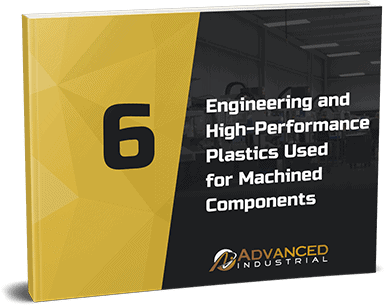Key Considerations in Plastic Machining
Plastic machining is a versatile manufacturing process for creating a wide range of products and components. It is efficient and cost-effective, offering precise dimensions, tight tolerances, and smooth finishes.
This process typically involves cutting, drilling, and shaping plastic using specialized tools and equipment. It can be done through various methods, such as CNC machining, injection molding, or thermoforming.
While this manufacturing method applies to various industries and applications, it is crucial to pay attention to several factors to ensure compatibility and accuracy. Consider the following when sourcing plastic machined components:
Plastic Type
Different types of plastic have unique properties that can affect their machinability and outcome. Thus, it’s important to consider the characteristics of the plastic when designing the product and selecting the appropriate machining method. This ensures that the product meets the desired specifications and performs as intended.
Common plastic materials used in machining include:
- Ultem
- Polyethylene (PE)
- Ertalyte PETP
- Polycarbonate (PC)
- Polyvinyl Chloride (PVC)
- Acrylonitrile Butadiene Styrene (ABS)
- Delrin (Polyoxymethylene or POM)
- Nylon (Polyamide or PA)
- Polyetheretherketone (PEEK)
Machining Process
Plastic machining encompasses various techniques, depending on the type of plastic material, the complexity of the design, and the desired end product. For example, computer Numerical Control (CNC) machining involves using computer-controlled machines to cut, shape, and form plastic materials with high precision. Thus, CNC machines can produce complex geometries and tight tolerances, making them ideal for creating intricate plastic parts.
Thermal Regulation
Plastics have lower melting points than metals, making proper thermal regulation crucial during plastic machining. Controlling the temperature using coolants, such as air or liquid, is essential to prevent overheating or melting of the plastic material. This helps maintain dimensional stability, prevent warping or distortion, and ensure the quality of the final product.
Process Support
As plastics are less rigid than metals, additional support structures during machining operations, such as fixtures, clamps, or jigs. This extra support is important to minimize vibrations and reduce the risk of damage to the plastic part.
Finishing Options
Finishing processes, such as annealing, polishing, and coating, can enhance machined plastic parts’ functional and aesthetic properties. Annealing relieves internal stresses and improves mechanical properties, polishing achieves a smooth surface finish, and coating provides protection, aesthetics, or functionality to the plastic part.
Overall Design and Specification Requirements
The product’s complexity level requires careful consideration of all aspects of the design and requirements. If not, it can result in various problems, such as incorrect specifications, inappropriate dimensions, or incompatible materials. As a result, it can lead to the product failing to function as intended and needing costly rework or redesign.
Transform Your Plastic Machining Operations With Advanced Industrial
As a premier distributor and fabricator of high-performance plastics, Advanced Industrial excels in creating intricate and precise CNC-machined components for various applications! Our modern facility and skilled technicians allow us to take on projects of any size and complexity, delivering tailored and top-notch products that match your specifications.
Don’t settle for mediocre plastic components; work with Advanced Industrial to experience the benefits of our service! Contact us today for your plastic machining needs.


